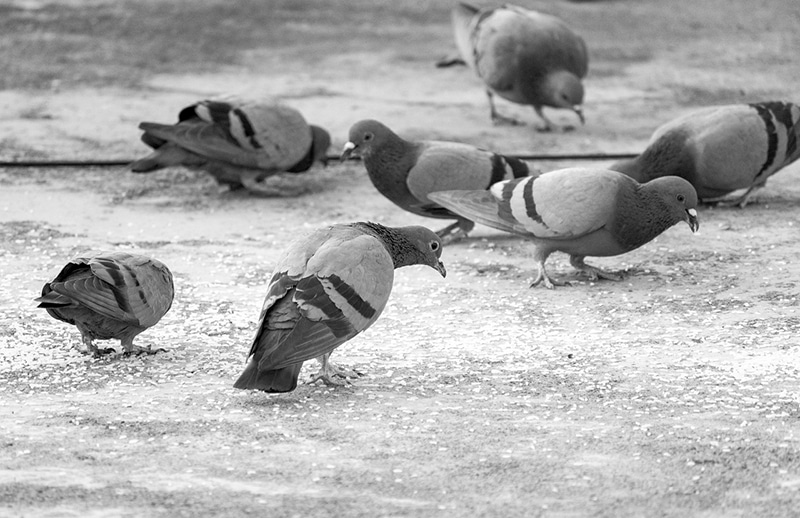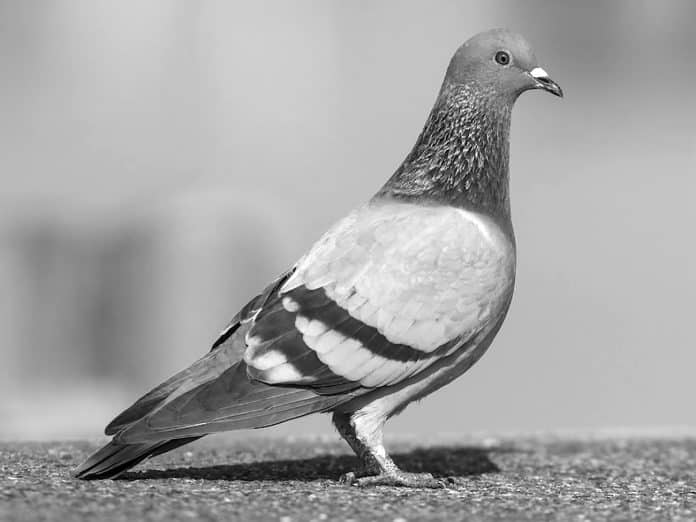Rock Pigeon in Tanzania: A Closer Look at the Resilient Bird Species that Thrives in the African Wilderness
Introduction to the Rock Pigeon in Tanzania
Rock Pigeons in Tanzania, also known as the Rock Dove, are medium-sized birds belonging to the Columbidae family. They are found in almost every continent, including Africa. In Tanzania, Rock Pigeons inhabit rocky areas, cliffs, and gorges, often near human settlements. They are a common sight in the city of Dar es Salaam, where they coexist with humans, scavenging for food
Habitat and Distribution of the Rock Pigeon in Tanzania
In Tanzania, Rock Pigeons are found in the coastal regions, including the islands of Zanzibar and Pemba. They prefer rocky habitats, cliffs, and gorges, which provide shelter and nesting sites. They are also found in urban areas, where they feed on scraps of food.
Rock Pigeons have a wide distribution range, from Europe to Asia, Africa, and North America. They were introduced to North America by European settlers and have since become a common sight in cities across the continent.
Physical Characteristics and Adaptations of the Rock Pigeon
Rock Pigeons are medium-sized birds, measuring about 30 centimeters in length and weighing around 250 to 350 grams. They have a plump, round body, short neck, and small head. Their wingspan can reach up to 65 centimeters.
Rock Pigeons have a variety of physical adaptations that allow them to survive in their environment. Their sharp claws help them cling to rocky surfaces, while their oily feathers protect them from the elements. They also have a unique ability to see in ultraviolet light, which helps them navigate and communicate with each other.
Behavior and Social Structure of the Rock Pigeon
Rock Pigeons are social birds that live in flocks. They are known for their distinctive cooing sound, which is used to communicate with each other. They are monogamous and mate for life, often returning to the same nesting site every year.
Rock Pigeons are also highly adaptable birds, able to live in urban environments and scavenge for food. They are often seen feeding on scraps of food in public places, such as parks and city squares.
Diet and Feeding Habits of the Rock Pigeon in Tanzania
Rock Pigeons are omnivores, feeding on a variety of foods, including seeds, grains, fruits, and insects. In urban areas, they often feed on human scraps, such as bread and other baked goods. They are able to digest a wide range of food, thanks to their powerful digestive system.
Rock Pigeons are also able to drink salt water, which is a unique adaptation that allows them to survive in arid environments.
Reproduction and Breeding Patterns of the Rock Pigeon
Rock Pigeons are monogamous and mate for life. They build their nests in rocky crevices, cliffs, and buildings. The female lays two eggs, which hatch after about 18 days. Both parents take turns incubating the eggs and caring for the chicks. The chicks fledge after about a month and are able to fly after another few weeks.
Rock Pigeons are able to breed throughout the year, but their breeding activity peaks during the rainy season, when food is more abundant.
Threats and Conservation Efforts for the Rock Pigeon in Tanzania

Rock Pigeons are not currently considered a threatened species in Tanzania. However, they face a number of threats, including habitat loss, hunting, and environmental pollution. In urban areas, they are often seen as a nuisance and are sometimes culled in large numbers.
Conservation efforts for Rock Pigeons in Tanzania are currently limited, but there are a number of organizations working to protect birds and their habitats in the country. These efforts include habitat restoration, education programs, and research.
Unique Facts and Interesting Trivia about the Rock Pigeon
- The Rock Pigeon is the ancestor of all domestic pigeons.
- Rock Pigeons are able to fly at altitudes of up to 6,000 meters.
- The color of a Rock Pigeon’s feathers can vary depending on its environment.
- Rock Pigeons are able to recognize themselves in mirrors, indicating a high level of self-awareness.
- Rock Pigeons have been used in a number of scientific experiments, including studies on navigation, communication, and memory.
Rock Pigeon Watching and Birding Tours in Tanzania
Rock Pigeons may not be the most glamorous birds in Tanzania, but they are a fascinating species that can be observed in a number of locations throughout the country. Birding tours in Tanzania offer an opportunity to see these resilient birds up close, as well as a wide variety of other species.
Celebrating the Resilience of the Rock Pigeon in Tanzania
The Rock Pigeon may not be the most glamorous bird in Tanzania, but it is a species that deserves our attention and appreciation. These resilient birds have adapted to a wide range of environments, from rocky cliffs to urban areas. By learning more about the Rock Pigeon in Tanzania, we can gain a greater appreciation for the diversity of life on our planet.
For more articles related to Wildlife in Tanzania (Animals), click here!


































